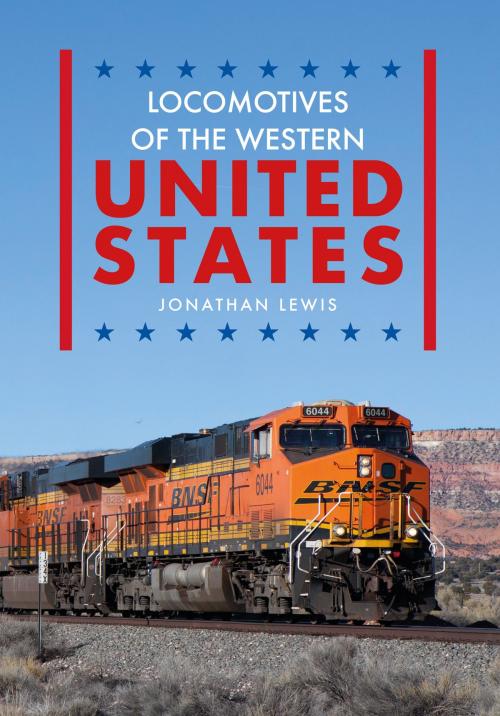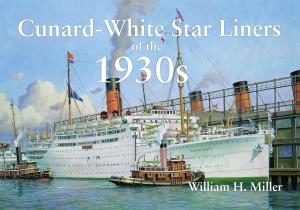Locomotives of the Western United States
Nonfiction, Reference & Language, Transportation, Railroads| Author: | Jonathan Lewis | ISBN: | 9781445669113 |
| Publisher: | Amberley Publishing | Publication: | September 15, 2017 |
| Imprint: | Amberley Publishing | Language: | English |
| Author: | Jonathan Lewis |
| ISBN: | 9781445669113 |
| Publisher: | Amberley Publishing |
| Publication: | September 15, 2017 |
| Imprint: | Amberley Publishing |
| Language: | English |
The first transcontinental railroad in the USA was completed in 1869. In the following years, until the turn of the twentieth century, many more railroads were built by different companies. Passenger trains declined from the 1950s and today there is only a minimal long-distance passenger service operated by Amtrak, leaving the railroads to concentrate on moving freight. From the 1970s until the 1990s many railroads merged to give the two main railroads there are in the west today: Burlington Northern Santa Fe and Union Pacific. As well as the two mega railroads, there are many regional and shortline railroads to add diversity. Locomotives in the USA today are mainly built by General Electric and Electro Motive Diesel. Modern diesels for long-distance mainline freight trains are up to 4,400 hp with six axles. These long-distance trains can weigh up to 20,000 tonnes and often have multiple locomotives that can be at the front, middle and rear. There are also many older diesels for local work, some dating from the 1950s. This book features a selection of photos of mainline and branch-line trains with a wide selection of different locomotives and paint schemes across the western states.
The first transcontinental railroad in the USA was completed in 1869. In the following years, until the turn of the twentieth century, many more railroads were built by different companies. Passenger trains declined from the 1950s and today there is only a minimal long-distance passenger service operated by Amtrak, leaving the railroads to concentrate on moving freight. From the 1970s until the 1990s many railroads merged to give the two main railroads there are in the west today: Burlington Northern Santa Fe and Union Pacific. As well as the two mega railroads, there are many regional and shortline railroads to add diversity. Locomotives in the USA today are mainly built by General Electric and Electro Motive Diesel. Modern diesels for long-distance mainline freight trains are up to 4,400 hp with six axles. These long-distance trains can weigh up to 20,000 tonnes and often have multiple locomotives that can be at the front, middle and rear. There are also many older diesels for local work, some dating from the 1950s. This book features a selection of photos of mainline and branch-line trains with a wide selection of different locomotives and paint schemes across the western states.















